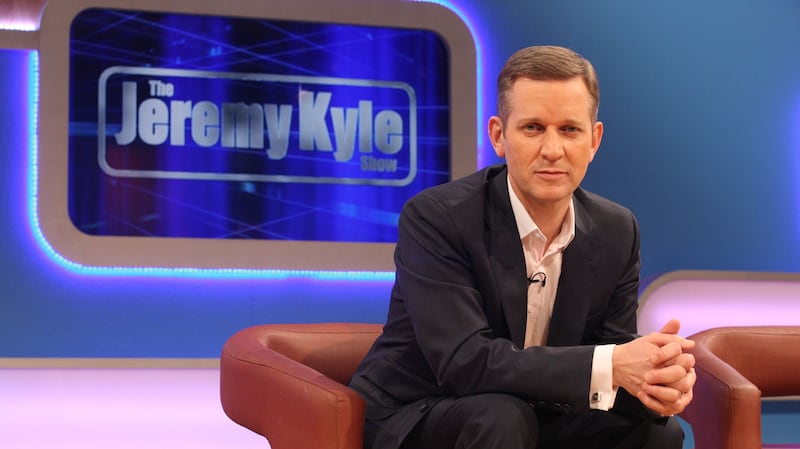Television has never quite recovered from Jerry Springer. In the early 1990s, this politician-turned-gonzo broadcaster reshaped the medium when his daytime chatshow debuted from a studio in Chicago. Its initial incarnation was as a copycat of the sleepy and non-threatening Phil Donahue show. But when Springer, who has died aged 79, realised he could rocket-boost his ratings by lowering the tone, he let rip. With that silent thunderclap, TV was forever altered.
The formula was straightforward, despicable and ingenious. Springer would cajole into the studio naive, often poorly-educated guests who appeared desperate for attention. There, under the withering spotlights, they would be manipulated, if not actively whipped up, into a cartoonish outrage.
On a good day – from Springer’s perspective – all hell would break loose. There was swearing, body mics were ripped, punches thrown. In one episode, a sex worker lost her false teeth in a fist-fight. It was strip-mall Goya and, before Springer, nobody would have thought to put it on the air.

Yet where Springer went, the rest of television followed. Irish TV was too conservative to ever stoop to anything as mind-blowingly tasteless as the Jerry Springer Show. Here was one of the few occasions when the backwardness of our broadcasting industry was a positive.
READ MORE
Elsewhere, though it inspired many mini-Springers. The United States had the Jenny Jones Show. On this side of the Atlantic, the most notable example was the Jeremy Kyle Show, which ran on ITV from 2005 to 2019.
These two series, if anything, pushed the envelope further than Springer and ended following tragedies . In 1995, Jenny Jones featured a gay man who revealed to a colleague that he had a crush on him. Three days later, the straight man killed the gay man. The victim’s family sued the network – though an appeal court ultimately judged the producers were not responsible for what happened to the guests after their appearance.
In the case of Jeremy Kyle, the suspected suicide of a man a week after he had appeared on the show led to its cancellation. ITV would say: “Given the gravity of recent events we have decided to end production of The Jeremy Kyle Show.”
The tawdriness that Springer brought to the airwaves echoes beyond these conspicuous lookalikes, however. The concept of reality TV as the lowest-denominator spectacle began with Springer and you can see a reflection of what he brought to our screens in ongoing cultural juggernauts such as The Kardashians.
Springer himself seemed to understand that he had permanently damaged TV. His background was in politics (he was two-time mayor of Cincinnati) and he remained a stalwart liberal all his life. In 2014 he apologised for his part in tainting the medium – while pointing out that, TV on its own, could only do so much damage.

“The Jerry Springer Show is now in its 23rd season. I would like to formally apologise! I’m sorry, I’ve ruined the culture! But this concept that television has influenced human behaviour and the destruction of society is garbage. We had a Holocaust before anyone had a television set.”
It seemed like a sincere mea culpa. It was, however, a little after the fact. The Jerry Springer Show was cancelled in 2018, by which time its freakshow vibe had largely fallen out of fashion. Alas, its impact had by then spread out into the world. Springer diminished the character of TV, casting it into a cesspit from which it is still trying to escape.
















